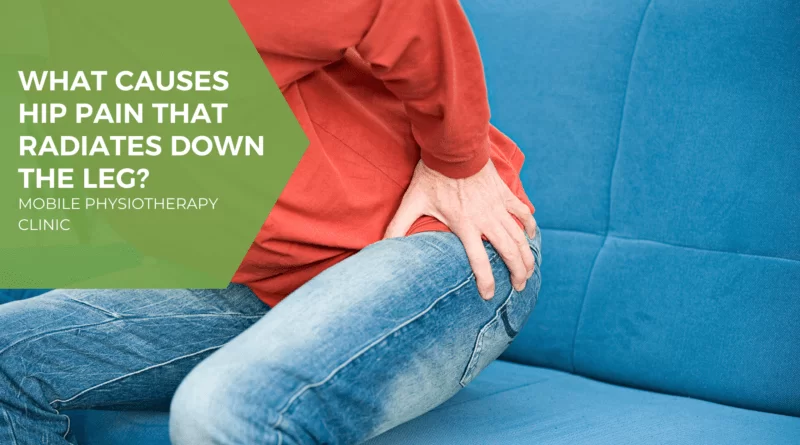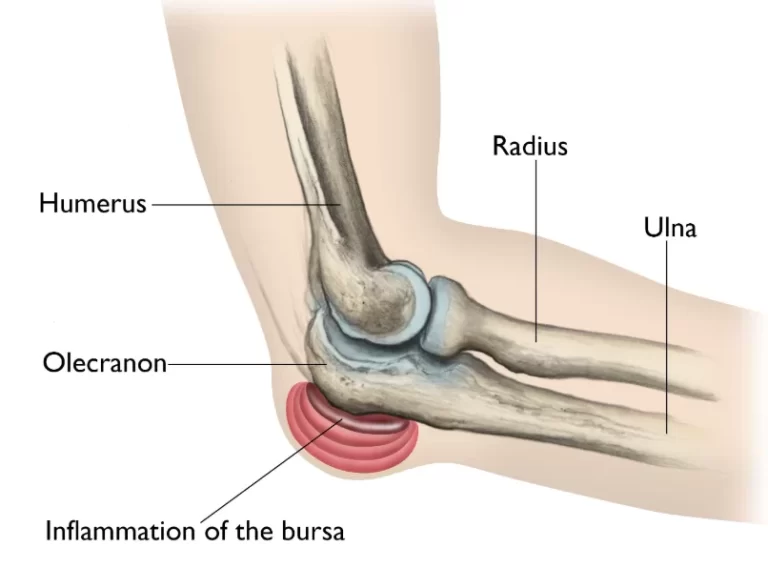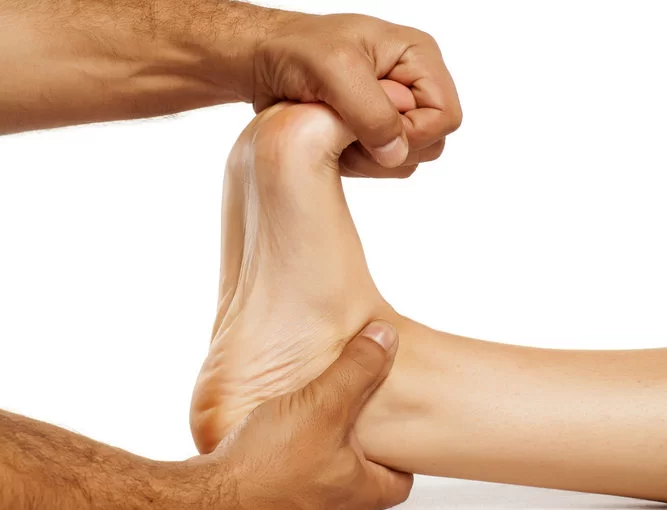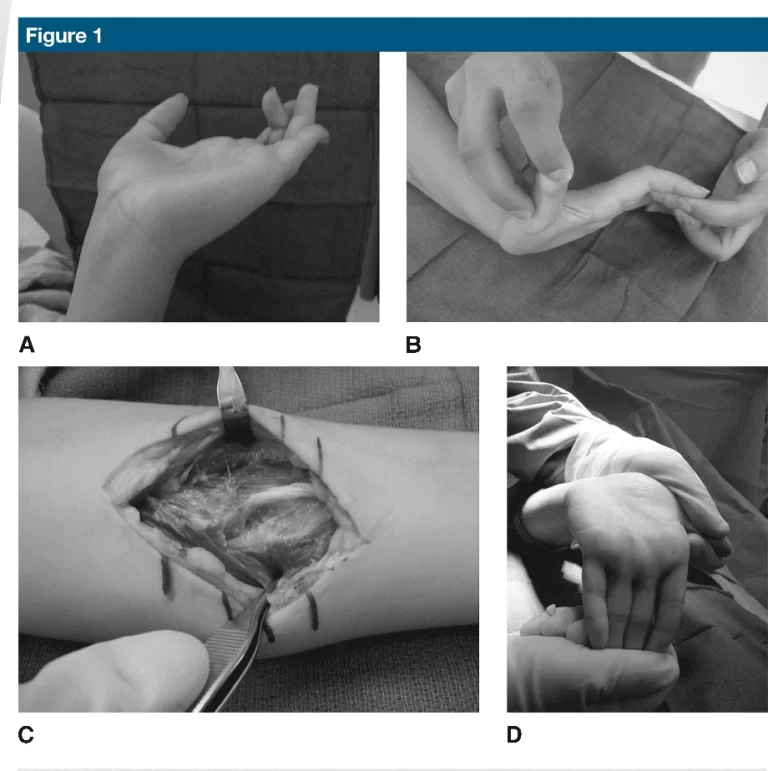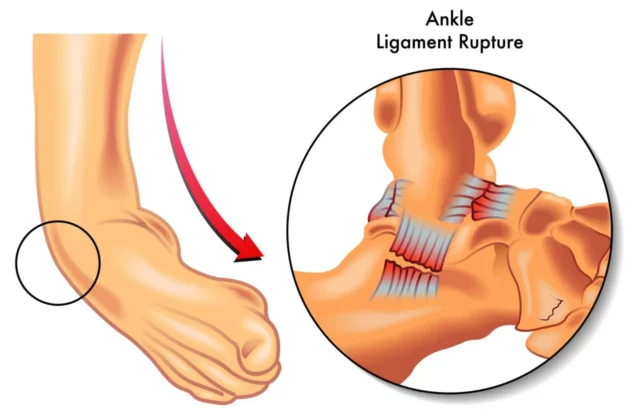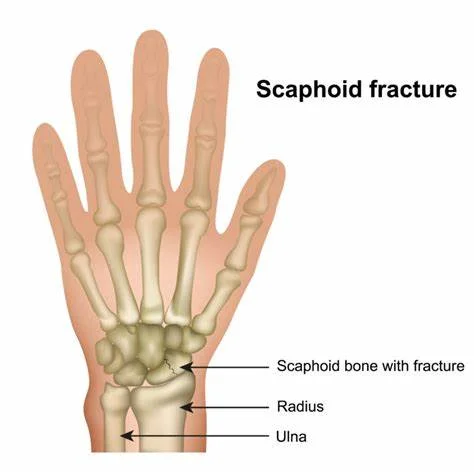What Causes Hip Pain that Radiates Down the Leg?
Hip pain may occasionally be radiated down to the knee or the lower part of the leg. Joint stiffness is often coupled with pain in the lower limbs, making daily activities difficult. Putting on shoes, standing up after sitting, walking, and/or driving are all common activities that are affected.
Hip discomfort can manifest itself in the front, side, or back of the hip joint.
Radiating pain in the thigh, knee, and/or lower leg is frequent when nerves from the hip move down the leg.
Muscle or joint pain might also be referred to. The following are some of the possible causes of hip discomfort that spreads down the leg.
Scientifically, this condition can be named as Sciatica. Sciatica refers to the back pain caused by a problem with the sciatic nerve. This is a large nerve that runs from the lower back down the back of each leg.
Originating Pain in the Front Part of the Hip
Hip discomfort in the front of the hip and groyne is typically caused by disorders affecting the hip joint.
The following are a few instances.
Osteoarthritis of the Hip
Hip osteoarthritis, or wear and tear of the hip joint, is a typical cause of deep agonizing pain in the hip and groyne region.
The discomfort may migrate to the front of the thigh and knee, as well as below the knee in certain cases. The pain is frequently worse first thing in the morning, after a lengthy period of sitting or relaxing, and/or after physical exertion. During hip motions, you may hear a locking, sticking, or grinding sound.
Labral Tear in the Hip
The symptoms of a torn labrum or cartilaginous ring around the hip socket (acetabulum) might be varied. Labral rips most commonly induce groyne pain. Pain on the side of the hip or in the buttocks is also possible.
A labral tear may cause pain during or after exercise or other strenuous activities at first. Pain may develop over time during less intense activities such as sitting.
Hip impingement can develop from improper contact between the bones of the hip joint, leading to osteoarthritis and/or labral tears. Hip impingement discomfort can radiate down the front and side of the hip, into the front of the thigh, and even into the knee. This pain is usually aggravated by sitting, driving, squatting, or doing hip movements and rotations.
Bursitis of the Iliopsoas Muscle
Hip discomfort can be caused by inflammation of the iliopsoas bursa (a small, thin fluid-filled sac in the front of the hip). When aggressively bending the knee toward the chest, this pain is frequently felt in the groyne.
Snapping hip syndrome is a condition in which a pop, click, or snap occurs when the hip is moved. This snap is usually felt and/or heard when the hip is moved from a flexed position to an extended position.
Originating Hip Pain on the Side
Hip discomfort that originates on the side of the hip and travels down the thigh can be caused by a variety of diseases. The following are a few instances.
Hip Snapping from the Outside
A snap, pop, or clicking sound is produced when a muscle or tendon glides over the bony projection (greater trochanter) near the top of the thigh bone (femur). This illness produces pain that gets worse when you put your hand on the side of your hip. The discomfort may go down the side of the thigh.
Bursitis of the Hip
Hip discomfort can be caused by inflammation of the big trochanteric bursa, which is positioned on the side of the hip joint. Direct pressure on the side of the hip usually causes pain, which might migrate down the side of the thigh.
Both of these illnesses are part of a group of hip problems known as greater trochanteric pain syndrome. Tears of the gluteus minimus and/or medius muscles on the side and rear of the hip, which can produce pain in these locations, are also part of this syndrome.
Pain Radiating from the Hip to the Leg
Hip discomfort can sometimes go down the nerves from the rear of the hip to the front, back, or sides of the legs. The inflammation of specific lumbar and/or sacral nerve roots, often known as sciatica, can produce this type of discomfort. Sciatica-like discomfort can also be caused by musculoskeletal problems like sacroiliac joint dysfunction or piriformis syndrome.
A doctor should be seen if severe hip pain develops suddenly or does not improve with self-care. Swelling, limb numbness and/or weakness, nausea, and/or fever, among other symptoms, may signal a dangerous underlying disease that necessitates rapid medical attention.
Symptoms: Hip Pain
Hip pain that radiates down to the knee or the lower part of the leg is the most significant sign of sciatica. While sitting, coughing, or sneezing, if the discomfort is felt, it usually would affect only one leg or get worse. It is also possible that the limb starts to feel numb, weak, or tingling. These symptoms usually start to appear out of the blue, extending to days or weeks.
Cause of this Condition
Disk Herniation –
A herniated disc is a very significant cause of this pain and its extension to the leg. Disks are the cushions located among your spine’s bones. As you become older, your discs get weaker and more susceptible to injury. The gel-like centre of a disc can sometimes push through its outer layer, pressing on the roots of the sciatic nerve. A herniated disc affects about 1 in every 50 persons at some point in their lives. Approximately a fifth of them will experience symptoms that last longer than six weeks.
Spinal Stenosis –
Natural wear and tear of the vertebrae can cause the spinal canal to shrink. Spinal stenosis, or narrowing of the spine, can exert pressure on the roots of the sciatic nerve. Adults above 60 are more likely to develop spinal stenosis.
The piriformis is a deep-seated muscle in the buttocks. It goes directly across the sciatic nerve and links the lower spine to the upper thigh bone. If this muscle spasms, it can exert pressure on the sciatic nerve, causing sciatica symptoms. Piriformis syndrome affects more women than it does males.
Spinal Tumors –
Sciatica can be caused by tumours growing inside or along the spinal cord or the sciatic nerve in rare situations. The nerves that branch off from the spinal cord may get irritated as a tumour grows.
Injuries or Infections –
Sciatica can also be caused by muscle inflammation, infection, or an injury such as a fracture. Symptoms might be caused by any condition that irritates or compresses the sciatic nerve. In certain circumstances, the reason for sciatica is unknown.
Sacroiliitis –
Sacroiliitis is an inflammatory condition that affects one or both of the sacroiliac joints, which link the lower spine to the pelvis. It is a condition that causes pain in the buttocks, lower back, and down one or both legs. Prolonged standing or ascending stairs can aggravate the pain. Arthritis, injury, pregnancy, and infection can all cause sacroiliitis.
Having a Big Wallet –
You might not think of a bulging pocketbook as a source of discomfort, but it can cause piriformis syndrome. Men who keep their wallet in the back pocket of their jeans are susceptible to the ailment. This causes long-term pressure on the piriformis muscle, which can irritate the sciatic nerve. Keep your wallet in a front pocket or jacket pocket to avoid this problem.
Diagnosis: Hip Pain
Exam:
Your doctor will ask you how the pain began and where it is located to establish if you have sciatica. Squatting, walking on your toes or heels, or raising your leg without bending the knee may be required. These muscle tests can assist your doctor figure out if you have a muscular problem.
Imaging:
To learn more about the position and source of the inflamed nerve, your doctor may prescribe imaging tests such as an MRI. The alignment of spinal discs, ligaments, and muscles can be seen on an MRI. A CT scan with contrast dye can also give you a good picture of your spine and nerves. Identifying the source of sciatica can aid in therapy planning. X-rays can aid in the detection of bone abnormalities, but they cannot detect nerve disorders.
Treatment
Icing Relief –
There are several things you may do at home to help with sciatica pain. A heating pad or an ice pack might be very beneficial. Every two hours, apply heat or ice for roughly 20 minutes. Try rotating between the two to discover which brings the most relief.
Therapies –
Acupuncture, massage, yoga, and chiropractic adjustments have all been shown to help with common lower back discomfort. However, further research is needed to see if these medicines are effective.
Other Treatment –
Stretching, injections, medications, and even surgery is also referred for the treatment of this pain.
For roughly a month after back surgery, you should avoid driving, lifting, or bending forward. Physical therapy may be recommended by your doctor to help you strengthen the muscles in your back. There’s a good possibility you’ll be able to resume all of your normal activities once your recuperation is complete.
FAQs
How do you relieve hip pain that goes down your leg?
Relieving hip pain that radiates down your leg typically involves a combination of rest, home remedies, and medical interventions.
Rest: Give your leg and hip some time to rest, and stay away from things that will make the discomfort worse.
Applying ice for the first 48 hours can help to reduce inflammation. After that, switching to heat therapy will help to relax the muscles and encourage blood flow.
Over-the-counter Pain Medications: Ibuprofen and paracetamol, two over-the-counter painkillers, may offer temporary pain relief.
Stretching and light exercise: To increase flexibility and strength, stretch your hips and legs gently.
Physical therapy: To reduce pain and increase mobility, a physical therapist might offer specially designed exercises and procedures.
Maintaining excellent posture and using ergonomic techniques will help to relieve stress on your hips and lower back.
What causes hip pain that radiates down leg?
From the backside of the hip down to the front, back, or side of the legs, hip pain can occasionally travel through the nerves. This form of pain, also known as sciatica, may be brought on by irritation of specific lumbar and/or sacral nerve roots.
How do you know if it’s hip pain or sciatica?
Hip pathology typically causes groin-centered discomfort; it is uncommon for it to radiate below the knee. On the other hand, sciatica symptoms may travel down the legs and into the toes.
When should I worry about hip and leg pain?
If your hip pain is caused by an injury and involves any of the following, ask someone to take you to the emergency room or urgent care centre:
a leg that seems shorter or a joint that looks malformed or out of position.
being unable to move your hip or leg.
being unable to put weight on the injured leg.

